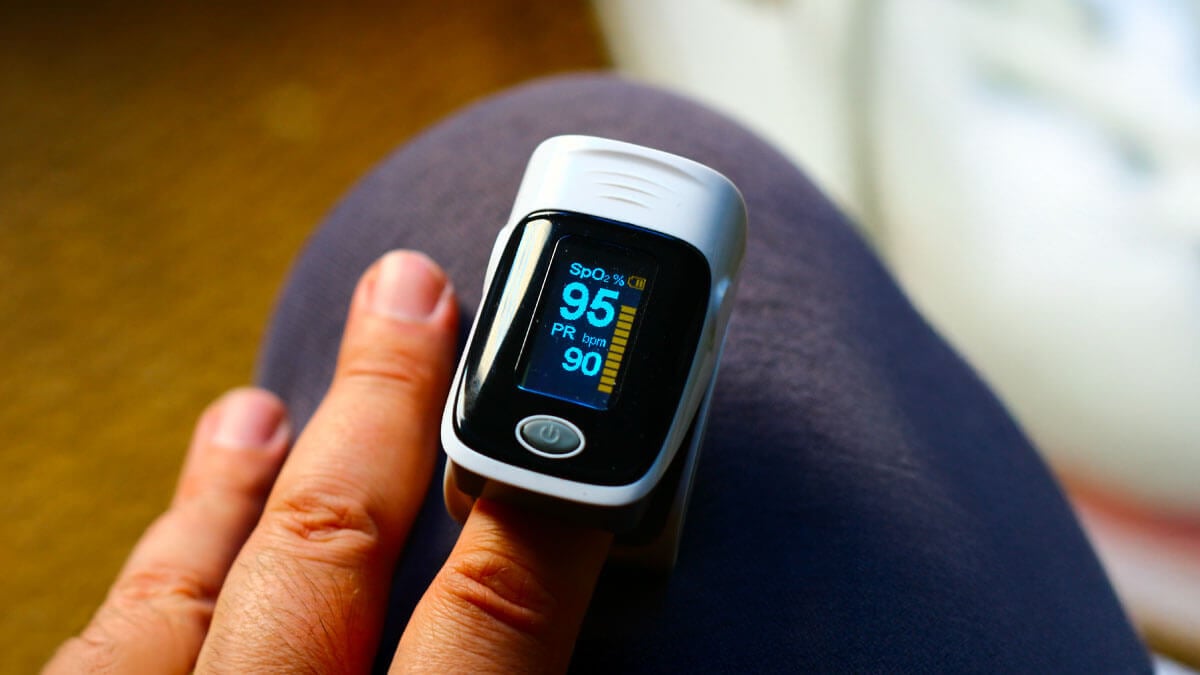
Medical device quality assurance can feel overwhelming, especially when you’re balancing product development, regulatory updates, and real-world patient safety.
But the truth is, getting QA right is one of the most reliable ways to keep your product on the market and protect your reputation.
Over the years, I’ve seen how small gaps in quality systems can snowball into costly delays, rejected submissions, or even recalls.
On the flip side, I’ve worked with teams that have turned their QA processes into a real advantage, not by adding endless paperwork, but by building habits that help everyone do the right thing, even under pressure.
In this guide, I’m sharing ten clear, realistic ways to strengthen your medical device quality assurance practices. Whether you’re leading a startup or managing an established QA team, these ideas can help you spot risks sooner, align with regulators, and build trust with healthcare professionals who rely on your product every day.
Why is medical device quality assurance important for regulatory compliance?
The reality is that medical device quality issues are not rare; they are rising.
In 2024, the sector recorded 1,059 recalls, the highest level in four years and an increase of 8.6% compared to 2023. For teams managing quality, that number alone should be a wake-up call.

Another figure that can’t be ignored is the 55% jump in total impacted units. Over 440 million medical devices were affected by recalls last year, compared to 283 million the year before. That’s the largest unit impact in three years.
Device failure was the leading cause of medical device recalls for the first time in more than five years, making up over 11% of cases. These points directly to gaps in design controls and risk management, key pillars of any quality assurance and regulatory affairs strategy.
.png?width=1560&height=1608&name=Device-failure-as-cause-of-recalls-(2024).png)
More concerning is that the most severe recalls, Class I, are now at their highest level in 15 years. When your processes aren’t watertight, you’re not just risking minor defects; you’re risking potential patient harm and costly litigation.
These numbers are exactly why quality must run through every part of the medical device product development process.
To avoid being part of next year’s 1,000-plus recalls, QA must be active at design, manufacturing, supplier management, and post-market monitoring. The data is clear. Getting this right protects patients, your reputation, and your business.
Common quality issues in the medical device industry
Even experienced manufacturers run into quality challenges that can delay launches or trigger costly recalls. One of the biggest issues I see is poor design control. When design inputs and outputs aren’t fully documented or traced, small mistakes slip through and become major headaches down the line.
Another common problem is weak risk management. Some teams still treat risk files as static documents when they should be living tools, updated throughout the device’s lifecycle. If you don’t catch a potential hazard early, you risk non-compliance or, worse, patient harm.
Supplier quality is another area that can make or break your compliance standing. I once spoke with a QA lead who found out during an audit that a critical supplier had changed materials without telling them. Without tight supplier oversight and regular checks, these surprises can cost companies dearly.
Inadequate training is also a recurring weak spot. It’s not enough to send employees to a one-off training session. They need regular refreshers, clear role-based instructions, and evidence that they really understand the work they’re doing.
Most of these pitfalls share a root cause.
Poor communication and a lack of integration across teams. When quality assurance and regulatory affairs are disconnected from design and production, issues resurface and multiply, putting your products and your company at risk.
10 ways to improve medical device quality assurance and regulatory compliance
Improving quality assurance in the medical device industry doesn’t happen overnight, but it does start with clear, practical steps that teams can build into their everyday work.
1. Strengthen design controls from day one
A weak design control process is one of the fastest ways to lose control of quality. Build traceability into every stage of design and development. Keep user needs, risk assessments, and design inputs well documented and linked to outputs, reviews, and testing.
2. Keep risk management alive throughout the lifecycle
I’ve seen teams treat risk management as a one-time activity. In reality, it should evolve alongside your product. Use standards like ISO 14971 to guide you, but make it practical, regularly review risk files, update them when design or process changes happen, and involve cross-functional teams in risk reviews.
3. Integrate quality into your culture, not just your SOPs
Quality shouldn’t just live on paper. Build a quality culture where everyone feels responsible for maintaining high standards. Celebrate when people speak up about problems. Train new hires to see quality as part of their role, not something owned only by QA.
4. Invest in supplier quality management
Your suppliers are part of your quality ecosystem. Qualify them carefully, set clear agreements, and audit them regularly to catch any issues early and maintain consistency in your materials and components.
5. Treat internal audits as learning tools, not a burden
Internal audits shouldn’t feel like a punishment. Done right, they help you find blind spots before regulators do. Keep your audit program active year-round. Share lessons learned and follow up on actions. Good audit habits build confidence when the FDA or Notified Bodies come knocking.
6. Make training role-specific and continuous
Generic training won’t hold up during an inspection. Make sure every employee’s training is matched to their exact role, from design engineers to line operators. Keep records up to date and plan regular refreshers, especially after process changes or new regulation updates.
7. Implement a solid CAPA process
Corrective and Preventive Actions (CAPA) are your safety net when things go wrong. Make your CAPA process clear, thorough, and well-documented. I always recommend using real root cause analysis tools, not guesswork, so problems don’t resurface in the next audit.
8. Control documents like they matter, because they do
Messy document control is a red flag for auditors. Use a system that keeps versions clear, approvals traceable, and access restricted. This doesn’t just make inspections easier; it makes daily work smoother when everyone has the right information at hand.
9. Plan for post-market surveillance from the start
Your job isn’t done when a device ships. Build post-market surveillance into your quality system, so you’re prepared to monitor real-world performance, gather feedback, and handle complaints quickly and transparently.
10. Use the right tools to tie it all together
Manual systems struggle to keep up with modern compliance demands. An integrated QMS like Scilife’s QMS software for medical devices connects design controls, risk management, training, CAPA, and audits into one place. I’ve seen teams go from scattered spreadsheets to smart, automated workflows that cut stress and reduce human error.
Each of these steps will strengthen your quality system and give your team more confidence when it matters most. Medical device quality assurance and regulatory compliance can be easy when you know how!

Conclusion
A thoughtful approach to medical device quality assurance supports every step of the product development process, helping you build safer products, stay audit-ready, and keep compliance on track.
Looking to streamline your medical device design control and product development processes in compliance with ISO 13485 and 21 CFR Part 820? Our Smart QMS software makes it easier to implement these best practices, helping you work with less stress and more confidence.
.jpg)








